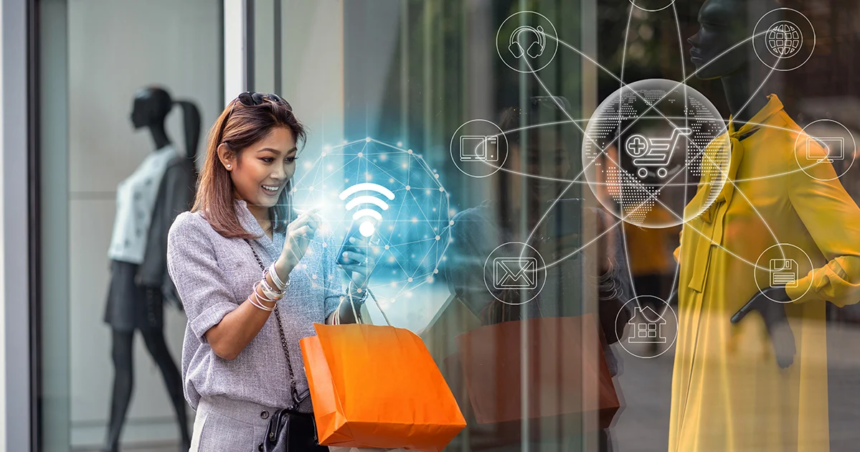Omnichannel loyalty software will become the new norm for corporate growth in 2025 after creating a positive influence in 2024. Whether purchasing online, in-store, or through mobile applications, customers will anticipate an easy transition across channels and a consistent experience that lets them continue where they left off. As customer expectations change, this degree of connectivity is no longer only a luxury—it is now required.
However, overcoming major obstacles is necessary to get a truly omnichannel experience. Siloed channel systems continue to be a problem for many firms, making it difficult to share data and communicate between online and physical platforms.
Businesses must invest to integrate a customer loyalty platform to overcome these obstacles, streamline processes, and achieve greater success. The only thing a business has to keep in mind in this situation is that, to stay ahead of the quickly evolving business market environment, it is necessary to stay up to date with developing trends, which can only be achieved via the astute deployment and use of omnichannel loyalty software. Further, if you have a plan to go with a well-functioning omnichannel loyalty program software in 2025 then you must know about a few best approaches to make the most from your loyalty program software.
Do not avoid accessing the listed best approaches in an omnichannel loyalty program software in 2025:
Acute Personalization
By 2025, hyper-personalization which is also somewhere referred to as acute personalization will have reached a previously unheard-of degree thanks to developments in AI and machine learning. This is driven by the fact that businesses will be able to leverage a wide range of data, including browser histories, social media activity, and even real-time behavioral analytics, to give highly tailored content, product recommendations, and offers across all touchpoints.
The Merger of Offline and Internet Channels
Rapid technological advancements would cause the line separating e-commerce from traditional commercial trade to continue to blur. Retailers will need to offer smooth integrated shopping experiences so that customers can easily transition between digital and physical places. Because of this, a customer may start their shopping journey online, continue it in-store, and finish it using a mobile app—all while keeping the same look and feel.
Cross-Channel Collaboration
An effective customer loyalty platform relies heavily on understanding the user experience across various interfaces. By 2025, businesses of each size will employ sophisticated cross-channel analytics to monitor all consumer interactions with their brands, assess the success of their marketing campaigns, and make educated decisions. Businesses especially retail professionals may track a customer’s activity across several channels to see how each touchpoint affects overall engagement and conversion.
Customer Engagement via AR and VR
Cutting-edge technology like AR and VR will completely change how businesses interact with their customers. These technologies will be essential to creating engaging, interactive omnichannel experiences that provide consumers fresh, creative ways to connect with brands and products.
By providing customers with an immersive experience that strengthens their emotional connection, brands may draw attention.
Conclusion
The future possibilities of omnichannel loyalty program software integrated with omnichannel assets are incredibly promising for newly established businesses and those that have already secured a strong market presence. By 2025, companies that embrace and optimize omnichannel loyalty software will deliver exceptional customer experiences, leading to consistent growth and higher customer retention rates. As this trend continues to gain momentum, it becomes essential for businesses to prepare now, positioning their brands at the forefront of this omnichannel solution delivered by the team Novus Loyalty to stay competitive and thrive in the upcoming age of rapidly growing digital technologies.

